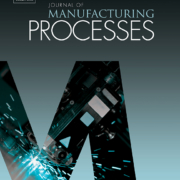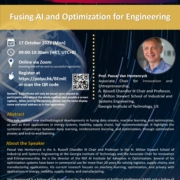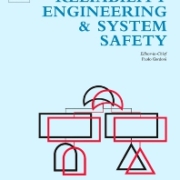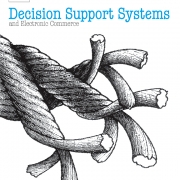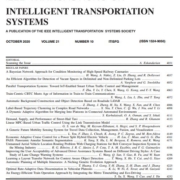Research paper accepted by Journal of Manufacturing Process
Selective laser melting (SLM) is a commonly used technique in additive manufacturing to produce metal components with complex geometries and high precision. However, the poor process reproducibility and unstable product reliability has hindered its wide adoption in practice. Hence, there is a pressing demand for in-situ quality monitoring and real-time process control. In this paper, a feature-level multi-sensor fusion approach is proposed to combine acoustic emission signals with photodiode signals to realize in-situ quality monitoring for intelligence-driven production of SLM. An off-axial in-situ monitoring system featuring a microphone and a photodiode is developed to capture the process signatures during the building process. According to the 2D porosity and 3D density measurements, the collected acoustic and optical signals are grouped into three categories to indicate the quality of the produced parts. In consideration of the laser scanning information, an approach to transform the 1D signal to 2D image is developed. The converted images are then used to train a convolutional neural network so as to extract and fuse the features derived from the two individual sensors. In comparison with several baseline models, the proposed multi-sensor fusion approach achieves the best performance in quality monitoring.

